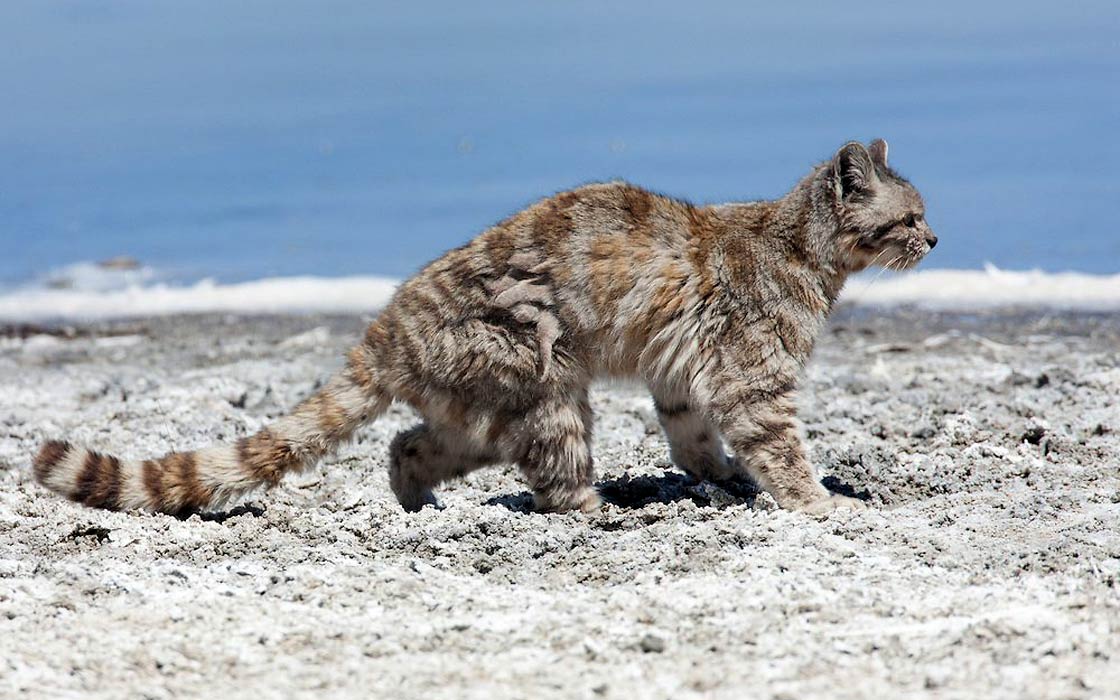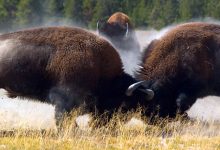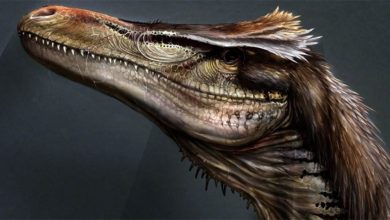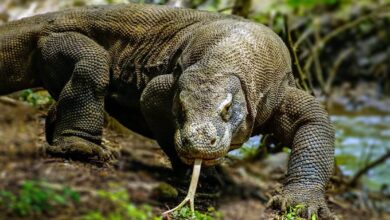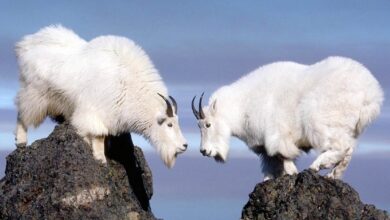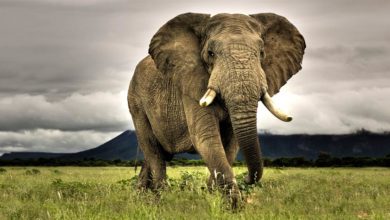Andean mountain cat (Leopardus jacobita)
Is it possible for a new species of large mammal to be discovered today? And is it possible that it is still almost unknown? It turns out that it is – one of such animals is a very little-known Andean cat.
It seems that Earth is already well understood, yet we are still surprised by reports of new, previously unknown species of animals. In the depths of tropical forests or high in the mountains, you can meet animals sometimes known only from stories or very few tracks. An example of this is the Andean mountain cat, also known as the Andean ocelot. Although traces of the existence of these animals have been observed from time to time, very few people have seen them. We wonder if, after reading this article, many people will not ask themselves, what if Yeti also exists :)?
Classification
- Kingdom: Animalia
- Phylum: Chordata
- Class: Mammalia
- Order: Carnivora
- Suborder: Feliformia
- Family: Felidae
- Subfamily: Felinae
- Genus: Leopardus
- Species: Leopardus jacobita
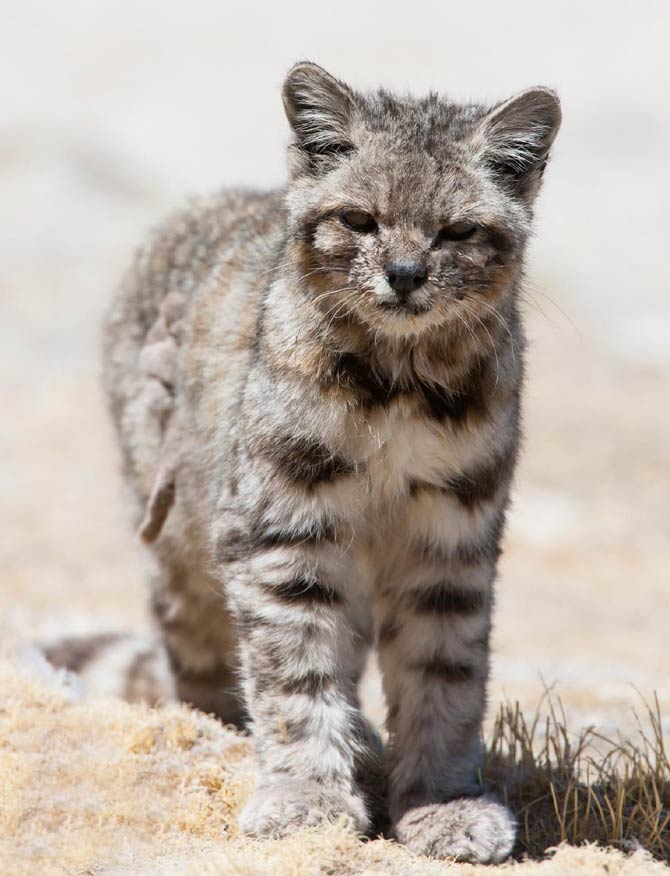
Occurrence
Andean mountain cats live exclusively in the higher parts of the Andes, at altitudes ranging from 1,800 m (5,900 ft) in Argentina to over 4,000 m (13,000 ft) in Chile, Peru and Bolivia. The terrain they inhabit is rough, covered with sparse vegetation and rocky.
It is difficult to estimate the population of the Andean cat, it has only been possible to do so roughly, based on estimates based on presumed densities. Based on the traces, it is estimated that at higher altitudes, there are 5 Andean mountain cats per 250 km2 (97 sq mi), and in Argentina, where the environment is slightly less arid, up to 12 individuals can live on an area of 100 km2 (39 sq mi).
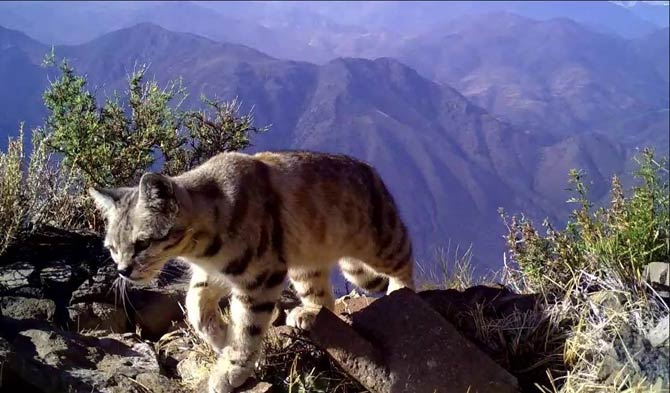
Characteristic
Appearance
Andean mountain cat fur is thick, soft and long, protecting it from the cold and wind. The hair on the back and tail is 40–45 mm (1.6–1.8 in) long, on the rest of the body it is slightly shorter. The fur is gray, the area around the mouth and cheeks is white. In addition, dark brown to black stripes are visible on the body, best visible on the fluffy tail, where they form 6-9 rings. The fur-free parts of the body (nose, inner ear, and lips) are black.
Dimensions
Everything we know about the Andean mountain cat is based on very rare observations and photographs, and measurements of the sole captured individual. It is an animal about the size of a large domestic cat. The length of the body is about 58–85 cm (22.8 – 33.5 in), plus a ~40 cm (15.7 in) tail. The height is approx. 36 cm (14.2 in). The animal weighs up to 5.5 kg (12.1 lb).
Food
The Andean mountain cat lives in areas where two other species of felids are also found, but it is the smallest among them. Therefore, the basis of its food are small mammals – the viscachas (northern viscacha (Lagidium peruanum), southern viscacha (Lagidium viscacia), Wolffsohn’s viscacha (Lagidium wolffsohni), Ecuadorean mountain viscacha (Lagidium ahuacaense)). They make up over 90% of its diet. This cat probably hunts mainly during moonless nights.

Lifestyle and habits
The behavior of the Andean mountain cat is practically unknown – due to its nocturnal lifestyle and living in inaccessible, deserted areas, this cat is extremely difficult to observe. There is very little certain information about this. It is known that it rarely moves during the day, it goes out to hunt at night. It moves very efficiently, jumping on rocks, which is greatly helped by a thick tail used to maintain balance – similarly to larger snow leopard (Panthera uncia).
Due to the small number of observations, the information about the reproduction and habits of this animal is only rudimentary. As Andean mountain cat kittens have been observed in April and October, it is assumed that the mating season is in July and August, but may extend to December.

Relationships with humans
The Andean mountain cat is one of the least known animals. Its observations are so rare that, unfortunately, only skins obtained by poachers prove its existence. Besides, these cats are seen extremely rarely. Until 1998, the only compelling evidence of their existence were two photographs taken in 1998. In 2004, a radio collar was placed on one animal captured in Bolivia, which provided some information about the animal’s lifestyle.
Currently, the Andean mountain cat is considered an extremely endangered species. There are special foundations to minimize the damage done by poachers and to encourage mountain inhabitants to treat these animals in such a way as to avoid killing them. They are sometimes considered pests.
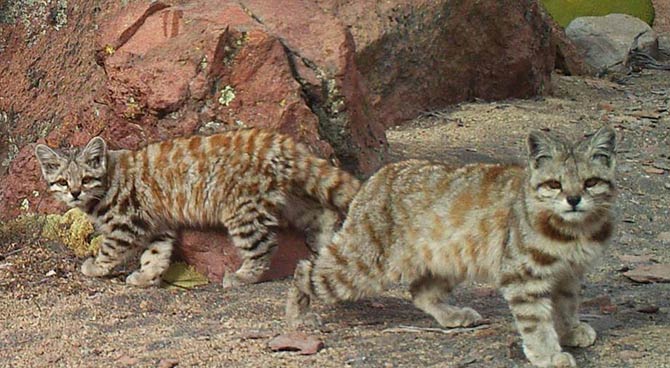
Detailed data / dimensions (size)*
Andean mountain cat, Andean cat, Andean ocelot (Leopardus jacobita)
- Length without the tail:
- 57 – 85 cm (22.4 – 33.5 in) or
- 50 – 65 cm (19.7 – 25.6 in), depending on the source
- Tail length:
- 41 – 48.5 cm (16.1 – 19 in) or
- 37-48 cm (14.6 – 18.9 in), depending on the source
- Height at the withers: about 36 cm (14.2 in)
- Weight: up to 5.5 kg (12.1 lb), the only individual weighed 4 kg (8.8 lb)
* Size data are not precise, this is due to the fact that so far only one specimen has been captured and measured.
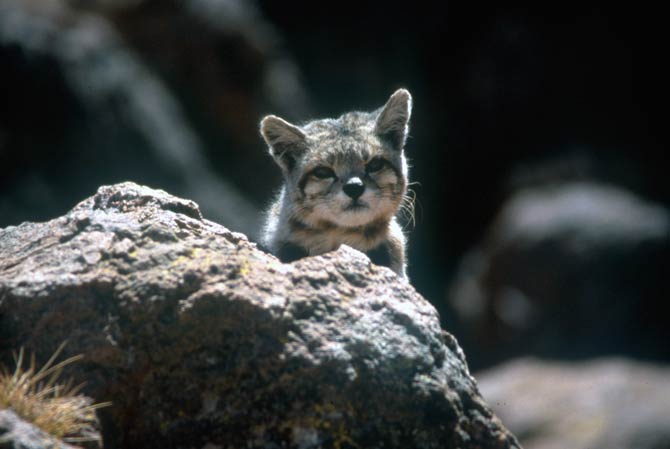
Interesting facts
- The Andean mountain cat is one of the few species of mammals of this size whose numbers cannot be estimated even approximately. A rough estimate is that there are currently about 2500 of these cats.
- So far, only one representative of this species has been captured and described.
- The presence of the Andean mountain cat in Patagonia was officially recognized only in 2009, i.e. 11 years after the first photographs of this animal were taken.
- The Andean mountain cat is one of the rarest and least known wild cats.


